Desert Critters
The Sonoran desert is one of the most spectacular places to be in the Spring. As the desert comes alive, the Tucson area is filled with luscious color and gorgeous weather! Listed below are several desert critters which are common in the area.
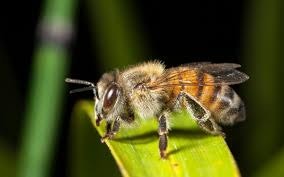
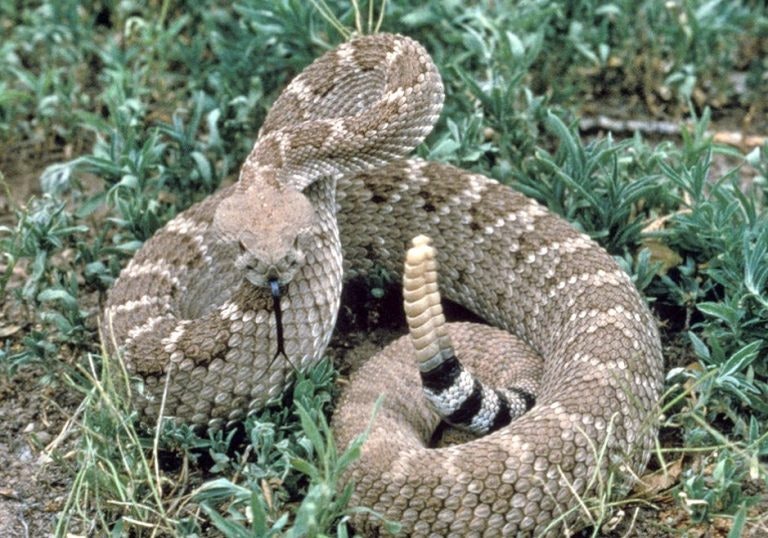
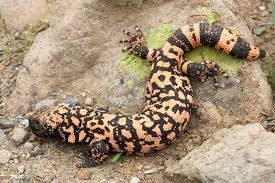
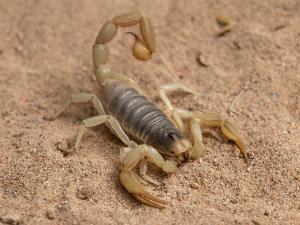

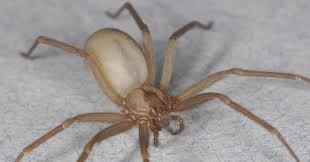






Bees
Bee stings can be quite painful. Sensitivity to bee venom can result in anaphylaxis and can be fatal. Call for an ambulance immediately if you experience allergic reactions. Do not remove the stinger with tweezers, but try to scape the area with a blunt edge to remove the stinger. If you encounter a nest or swarm, move away quickly.
Snakes
If you encounter a snake at your home our in your yard, call 9-1-1 to ask that the snake be removed. Snake venom can have neurological effects, as well as causing damage to the heart, lungs and kidneys. Get to a hospital as quickly as possible. Remove jewelry and restrictive clothing. Do not use a tourniquet or wash the wound.
Gila Monsters
The Gila Monster is the largest lizard in North America. These lizards are vividly colored with yellow or pink and black scales, and are awkwardly slow with poor vision. Their bite is rarely fatal, but is very painful and usually requires intervention to release their grip. Harming/hunting Gila Monsters is against the law.
Scorpions
Scorpion stings can cause intense pain and numbness. Sever reactions may include increased saliva, blurry vision, difficulty breathing, slurred speech, muscle twitching and seizures.
Black Widow Spiders
Although these spidesrare not aggressive, the venom of a female black widow is more toxic than that of a rattlesnake. Whereas only a small percentage of people have life threatening complications, hospitalization may be recommended to address pain, muscle spasms and other complications.
Brown Recluse Spiders
The bite of a brown recluse can cause localized tissue destruction or even systemic effects within the body. Seveere reactions are more common in children and may involve damage to the red blood cells, organ damage, seizures and even death, although rare.
